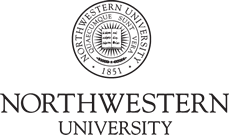MSE 316-1 "Microstructural Dynamics I"
This course is designed to help students understand:
- the principles of models of the dynamic development of microstructure in materials
- how to construct such models;
- how to predict the development of microstructural features in materials using models;
- how to design processes given targets for microstructural features.
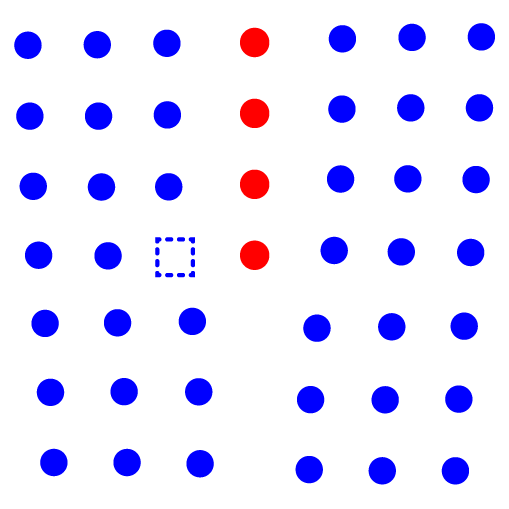
This includes learning how to describe point defects, dislocations, free surfaces, grain, and interphase boundaries using the language of thermodynamics and mechanics. Students will further deepen their understanding of diffusion in the solid state (Figure 1). Based on these fundamentals, students will learn to predict for instance the equilibrium shape of crystals, the effect of curvature and coherency strain on phase equilibria, grain boundary migration, and the evolution of concentration gradients in diffusion couples. This will involve implementing models using analytical and numerical methods in software packages such as Matlab, and visualizing results. Finally, students will apply their knowledge of thermodynamic principles and models in the context of designing and trouble-shooting processes and materials with desired properties and performance characteristics. The course is accompanied by a lab. Assessments include regular problem sets, midterm exams, and a comprehensive final exam. Course materials include an MSE-Core text, detailed lecture notes, and a set of pre-recorded, close-captioned lectures..
Fall 2021, 2020, 2019, 2018, 2017, 2016, 2015, 2014, and 2013
MSE 316-2 "Microstructural Dynamics II"
This course is designed to help students understand:
- the principles of models of the dynamic development of microstructure in materials
- how to construct such models;
- how to predict the development of microstructural features in materials using models;
- how to design processes given targets for microstructural features.
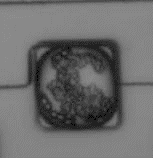
This includes classical nucleation theory (CNT) for unary and binary, homogenous and heterogeneous systems, spinodal decomposition, growth, and coarsening of precipitates in liquids and solids. Building on 316-1, we will pay particular attention to strain and curvature effects. Finally, combining models of nucleation and growth, we arrive at kinetic models for phase transformations (Figure 2). This class will involve implementing models using analytical and numerical methods in software packages such as Matlab, and visualizing results. An important aspect of the learning experience is a case study that will draw on concepts from 316-1 and -2. The course is accompanied by a lab. Assessments include regular problem sets, midterm exams, and a comprehensive final exam. Course materials include an MSE-Core text, and detailed lecture notes.
Winter 2020, 2018, 2016, 2015, 2013, 2012, 2011, 2010, 2009, and 2008MSE 371 "Biominerals: Hierarchical Architecture and Function"
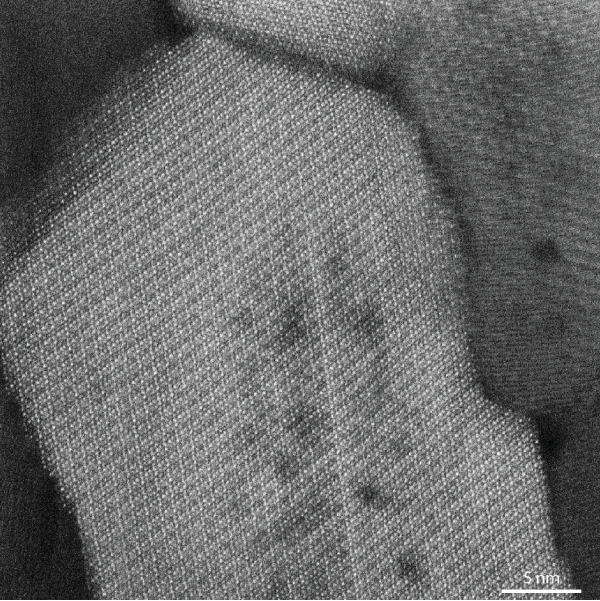
Living organisms make use of incredibly creative, efficient solutions to engineering problems. Having had several hundreds of millions of years of evolution to get things right, they have a bit of a head start as far product development is concerned. Consider for example about your bones - they grow with you, get stronger when you work out, and mend themselves when you do happen to break them. In a different example, sea urchins have used fiber-reinforced graded ceramic materials to build self-sharpening teeth. This may be astonishing; it is, however, by no means unique. Organisms from all domains make use of the materials properties of crystalline and amorphous solids (e.g. inorganic minerals) to provide structure and physical integrity, to feed, to sense gravity and acceleration, to guide light and even perceive the earth's magnetic field. In MSE 371 students will learn not only about the design, i.e. the hierarchical structure and functional organization of biominerals, but will also learn to appreciate the integrated biosynthesis processes and even their importance for global processes such as the carbon cycle. We will examine some of the fundamentals of the interaction of organic and inorganic matter in biological systems, and study classic papers as well as current hot topics in this exciting and diverse field of research. Undergraduate and graduate students from all backgrounds are very welcome - the greater the diversity the more interesting will our discussions become.
Spring 2021 2019, 2017, 2013, 2012, 2011, and 2010
MSE 495 "Materials Biology: From Biosynthesis to Bio-Inspired Materials"
This class is addressed at graduate students and advanced undergraduates with background in Engineering, Chemistry, and Physics, who want to acquire a working knowledge of key concepts in Biochemistry, Molecular, and Cell Biology. We read both classical papers and modern literature, drilling down to the essentials hidden behind cryptic acronyms and exotic-sounding techniques. We primarily work with literature that has relevance to Materials Science, in particular bio-inspired materials, but will also consider suggestions submitted by participants.
Spring 2021 2019, 2017, 2013, 2012, 2011, and 2010MSE 301 Materials Science Principles"
This course is designed to help students understand how processing, (micro-) structure, properties, and performance of materials interrelate (Figure 3), and how performance needs influence design choices. The course covers all major classes of materials and is rich in physical, chemical, and structural concepts and models that enable quantitative predictions.
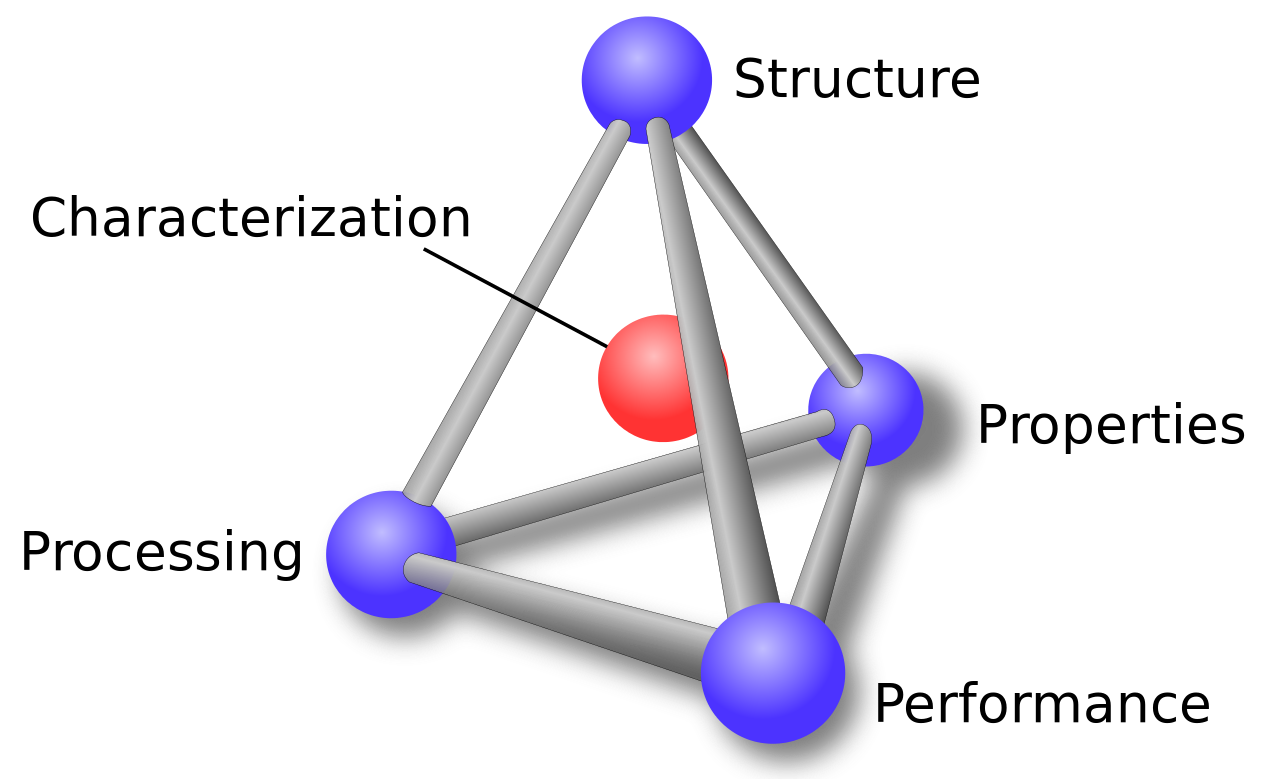
Home | Contact Us | Sites A-Z





